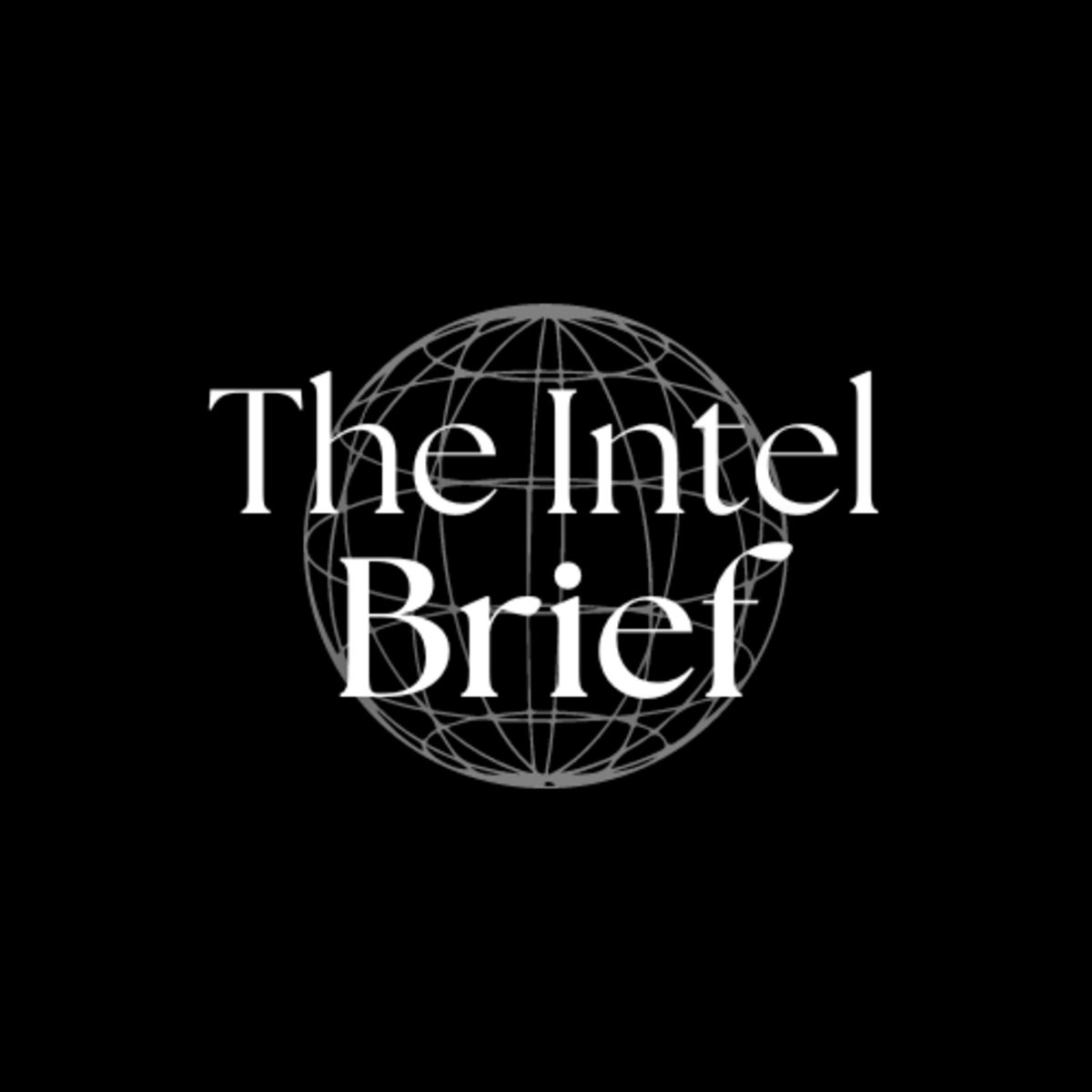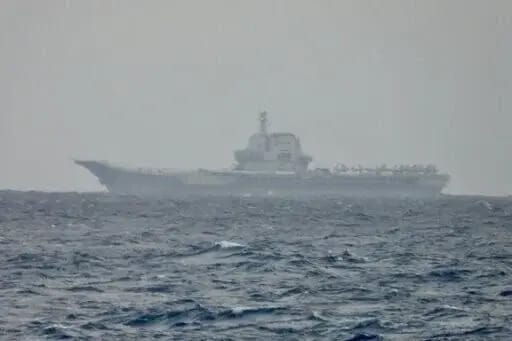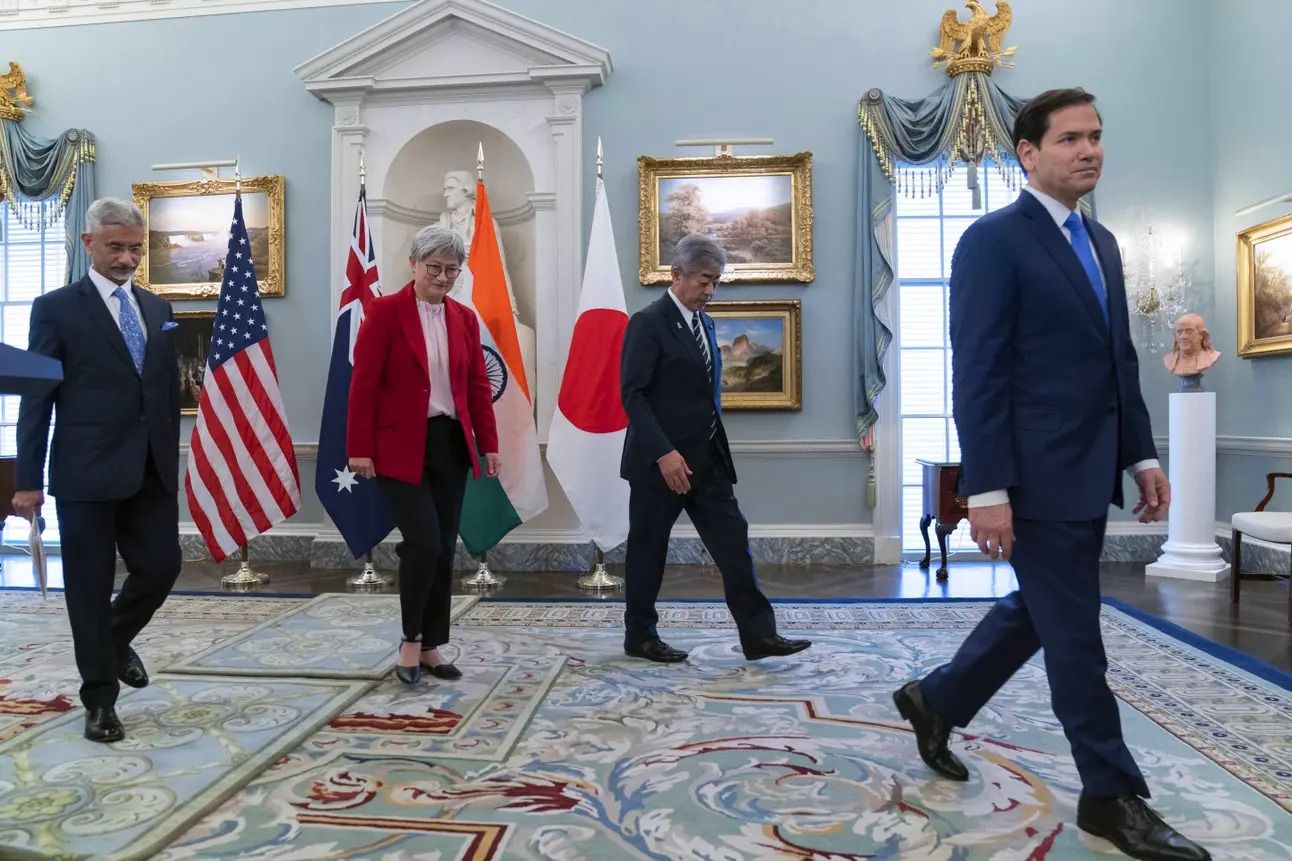
Pacific Weekly #57
Good morning and happy Sunday,
This is Pacific Weekly, a premium exclusive publication intended to keep you updated on events across the hotly contested Indo-Pacific region.
Reporting Period: 30 June - 6 July 2025
Bottom-Line Up Front:
1. During a scheduled PLA parade in September 2025, China is expected to unveil its new Information Support, Aerospace, and Cyberspace Forces, the newest services within the People’s Liberation Army (PLA). This development reflects China's ongoing transition under the “four services, four arms” modernization concept, signaling a growing emphasis on multi-domain warfare capabilities.
2. On 30 June, the PLA Navy (PLAN) conducted aircraft carrier operations in the Western Pacific. The Liaoning and Shandong aircraft carriers conducted combat training exercises. These drills were conducted beyond the first island chain and into the deeper second island chain, demonstrating a significant growth in China’s maritime power projection, with implications for regional deterrence, allied response strategies, and Indo-Pacific security dynamics.
3. On 1 July, foreign affairs leaders from the U.S., Australian, Indian, and Japanese governments met in Washington, D.C. to reinforce Quad member commitments and strategic cooperation. The meeting resulted in a joint statement condemning terrorism, reaffirmed opposition to coercive actions in the regional maritime domain, and launching the Quad Critical Minerals Initiative to secure supply chains essential to emerging technologies and defense industries.
4. On 2 July, the United States and Vietnam reached a tentative trade agreement ahead of the 9 July deadline on the current 90-day tariff pause. The deal sets 20% tariffs on most Vietnamese exports, down from the previously threatened 46%, and imposes 40% tariffs on goods transshipped through Vietnam, targeting Chinese made products. In return, U.S. exports to Vietnam will enter duty-free, marking a notable shift in bilateral trade dynamics and mutual economic concessions.
China Plans To Unveil New PLA Units In Victory Parade
Summary
During a scheduled PLA parade in September 2025, China is expected to unveil its new Information Support, Aerospace, and Cyberspace Forces, the newest services within the People’s Liberation Army (PLA). This development reflects China's ongoing transition under the “four services, four arms” modernization concept, signaling a growing emphasis on multi-domain warfare capabilities.
Findings
Anniversary Parade: The PLA has planned a parade and ceremony for the 80th anniversary of victory over Japan during World War II. The parade is scheduled for 3 September 2025.
Background: As a part of Xi Jinping’s military reforms, the PLA has adopted a “four services, four arms” structure to replace the traditional service-centric organization. The four services remain the Army, Navy, Air Force, and Rocket Force. The new “arms” now consist of the Strategic Support Force (SSF, which is being split), Joint Logistics Support Force, and the newly independent Information, Aerospace, and Cyber forces.
The goal is to better align PLA structure with joint operational doctrine, integrate new domains of warfare, and establish clearer command responsibilities for strategic competition with the U.S.
Information Support Force (ISF): Previously housed within the SSF, the ISF will now operate independently. It focuses on ISR (intelligence, surveillance, reconnaissance), electronic warfare, and operational command support through data and communications dominance.
Aerospace Force: This new force consolidates China’s military space operations, including satellite launches, counter-space capabilities, and space-based C4ISR (Command, Control, Communications, Computers, Intelligence, Surveillance and Reconnaissance). It may integrate with or evolve from the PLA Rocket Force's space component.
Cyberspace Force: China is also expected to announce the formation of a formal cyberspace arm, likely absorbing the PLA’s cyber warfare units and potentially blending military and civil cyber assets under unified strategic command.
Why This Matters
The formal reveal of the PLA restructure marks a critical step in China's bid to modernize its military for near-peer, multi-domain conflict. The transition to a “four services, four arms” structure reflects China's understanding that future warfare will be determined not only by kinetic force, but by superiority in data, space, and cyber domains.
This restructuring could allow the PLA to:
Centralize command over cyber and space assets,
Improve strategic targeting and joint operations,
Strengthen resilience against U.S. network-centric warfare,
And deploy offensive and defensive capabilities across the information spectrum.
For U.S. and allied defense planners, the shift underscores a need to reassess Chinese operational intentions and capacity in gray zone and hybrid warfare domains. The emphasis on space and cyber warfare also heightens risks of escalation in crisis scenarios, particularly around Taiwan or in the South China Sea.
Sources: Zona Militar, SCMP
PLAN Aircraft Carries Conduct Combat Training In Western Pacific
Summary
On 30 June, the PLA Navy (PLAN) conducted aircraft carrier operations in the Western Pacific. The Liaoning and Shandong aircraft carriers conducted combat training exercises. These drills were conducted beyond the first island chain and into the deeper second island chain, demonstrating a significant growth in China’s maritime power projection, with implications for regional deterrence, allied response strategies, and Indo-Pacific security dynamics.
Findings
Dual-Carrier Deployment: For the first time, both the Liaoning and Shandong carriers operated simultaneously far from China’s coast. The carriers were observed conducting complex naval maneuvers and aircraft operations.
Deep-Sea Training: Chinese naval statements emphasized “combat training” aimed at mastering blue water naval operations. The exercise likely included strike group coordination, surveillance coverage, and defensive air operations across two carrier battle groups.
Cross-Island Chain Operations: The carriers transited the first island chain and operated within the second island chain, marking deeper penetration into a region historically dominated by U.S. and allied naval forces.
Regional Security Alert: Taiwan, Japan, and other regional actors closely observed the operation. Taiwan’s military elevated intelligence and surveillance alerts in response to the carrier groups navigating both island chain buffer zones.
Strategic Narrative: Taiwan’s Defense Minister described the exercise as a deliberate strategic message from Beijing, signifying China’s intent to extend its influence and naval footprint into contested Indo‑Pacific waters.
Why This Matters
China’s first-ever dual-carrier exercise marks a watershed moment in its pursuit of full-spectrum naval capability, demonstrating maturity in complex maritime operations and signaling its readiness to operate across the Indo-Pacific expanses. By projecting power beyond traditional coastal boundaries, China challenges established naval security assumptions tied to the first and second island chains—critical geographic buffers for the U.S. and allied defense posture.
For regional partners such as Japan, Taiwan, Australia, and the U.S., this capability shift substantially compresses reaction timelines and complicates maritime domain awareness. It necessitates enhanced aerial, subsurface, and naval surveillance regimes, as well as increased presence and patrolling to maintain deterrence.
Strategically, this operation signals China’s intent to normalize blue‑water carrier deployments and rapidly close naval capability gaps. As Beijing edges closer to deploying its forthcoming nuclear‑powered carriers, the Indo‑Pacific balance of power—especially regarding Taiwan contingencies—will be increasingly influenced by the PLAN’s operational tempo and reach.
Following Meeting In Washington, Quad Members Agree To Greater Cooperation
Summary
On 1 July, foreign affairs leaders from the U.S., Australian, Indian, and Japanese governments met in Washington, D.C. to reinforce Quad member commitments and strategic cooperation. The meeting resulted in a joint statement condemning terrorism, reaffirmed opposition to coercive actions in the regional maritime domain, and launching the Quad Critical Minerals Initiative to secure supply chains essential to emerging technologies and defense industries.
Findings
Joint Statement Released: Quad ministers issued a strong declaration condemning all forms of terrorism—including Islamist militant attacks in Kashmir—without naming Pakistan, and called for perpetrators to be held accountable promptly.
Opposition to Maritime Coercion: The group reaffirmed robust opposition to any unilateral or coercive attempts to change the status quo in the East and South China Seas, urging adherence to international law and freedom of navigation.
Quad Critical Minerals Initiative: Ministers unveiled a new initiative focused on collaboration in critical minerals and rare-earth supply chains, aimed at bolstering economic and technological resilience.
Expanded Cooperation: The meeting reinforced Quad cooperation across four priority areas: maritime and transnational security; economic prosperity; critical/emerging technologies; and humanitarian/emergency response capabilities.
Terrorism and Diplomacy: The ministers urged justice for the 22 April Kashmir attack and other acts of terrorism. They also addressed tensions in the North Korean nuclear and missile programs, expressing concerns over militarization and cyber threats.
Why This Matters
This meeting underscores the Quad’s transformation from a loose dialogue towards a formal strategic and defense pact in the Indo-Pacific region. Its relevance stems from three key developments:
Enhanced Security Cohesion: By jointly condemning terrorism and maritime coercion, the Quad reinforces its strategic unity amid escalating regional threats and contested maritime claims.
Supply Chain Security: The critical minerals initiative signals a pragmatic shift toward economic-defense convergence, enhancing supply resilience in sectors vital for defense and high-tech industries—particularly as reliance on non-market actors remains strategically risky.
Diplomatic Relevance: Addressing wide-ranging global challenges—from South Asian terrorism to North Korean threats—demonstrates the Quad’s broader strategic reach. The ministers’ ability to forge consensus despite differing bilateral ties to Washington, Canberra, Tokyo, and New Delhi speaks to its evolving maturity as a geopolitical force.
Sources: U.S. Department of State, AP News
U.S.-Vietnam Reach Trade Agreement
Summary
On 2 July, the United States and Vietnam reached a tentative trade agreement ahead of the July 9 deadline on the current 90-day tariff pause. The deal sets 20% tariffs on most Vietnamese exports, down from the previously threatened 46%, and imposes 40% tariffs on goods transshipped through Vietnam, targeting Chinese made products. In return, U.S. exports to Vietnam will enter duty-free, marking a notable shift in bilateral trade dynamics and mutual economic concessions.
Findings
Tariff Framework: President Trump announced the agreement, confirmed by Vietnamese state media, with Vietnamese exports (non-transshipment) taxed at 20% and transshipped goods at 40%.
Vietnam gains tariff-free access to U.S. markets for its imports and agrees to import U.S. goods at zero tariffs.Motivation and Timing: The agreement comes just before the trade deadline of 9 July and is designed to avoid an abrupt tariff spike. It also follows a trade deal between the U.S. and China.
Transshipment Clause: The 40% levy on suspected Chinese transshipments is intended to prevent foreign manufacturers from rerouting goods through Vietnam to evade tariffs.
Why This Matters
The U.S.–Vietnam trade deal represents a critical move in America’s broader Indo-Pacific strategy. By locking in a 20% tariff on direct Vietnamese exports while applying a higher 40% rate to suspected Chinese transshipments, Washington both reinforces its economic partnership with Hanoi and tightens enforcement against Beijing’s attempts to circumvent tariffs. The duty-free access for American exports—particularly agricultural and energy products—marks a significant win for U.S. producers and may catalyze deeper bilateral cooperation.
Economically, the agreement safeguards key supply chains by preventing a trade shock. Strategically, it signals to regional partners that Washington is willing to balance protectionism with reciprocal arrangements—an important precedent as the U.S. pursues similar deals with India and Japan. Ultimately, the deal reflects Vietnam’s rising role as a key economic and geopolitical partner in the face of intensifying U.S.–China competition.
Sources: Reuters, Vietnam Briefing
End Brief
That concludes this edition of Pacific Weekly.
Thank you for reading!
— Nick
This publication is an Open-Source Intelligence (OSINT) product and does not contain Controlled Unclassified Information (CUI) or Classified Information.


